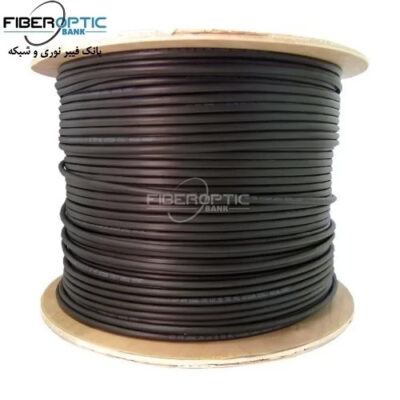DIFFERENCES BETWEEN FIBER OPTIC & WIRELESS
The terms ‘fiber optic’ and ‘wireless broadband’ are often used interchangeably when referring to internet connectivity. While both are internet connection types, there are key differences between the two. In this article, we will discuss the main DIFFERENCES BETWEEN FIBER OPTIC & WIRELESS.
What is Fiber Optic?
Fiber optic is an internet connection that uses fiber optic cables to transmit data at rapid speeds by using light pulses instead of traditional copper wire and electricity. Fiber optic can be used to establish higher bandwidth internet connections for homes and businesses compared to alternatives such as wireless broadband. With fiber optic connections, cables have a higher resistance to interference, which means the internet connection is less likely to be disrupted. They are also corrosion-resistant, unlike traditional copper wires. In addition, fiber optics are incredibly fine, and as such, are easy to scale when required.
What is Wireless Broadband?
Wireless broadband is an internet network that enables various digital devices such as smartphones, iPads, and laptops to wirelessly connect to the internet through radio waves, using devices such as WIFI routers.
Wireless connections have been established through radio towers to power technology such as cell phone networks. As such, unlike fiber optics which require extensive installation, wireless broadband does not require a physical wire to connect to the internet.
The Key Differences Between Fiber Optic & Wireless Broadband
The basic difference between fiber optic and wireless broadband is the way that each connection transmits data. For example, fiber optic cables work by converting data into a light that passes through a cable then changes back to its original form when it reaches its destination. In addition, wireless broadband transmits data using electromagnetic waves for broadcasting.
As both methods transmit data differently, there are key distinctions in the performance of each, as follows:
- Speed: Wireless networks do not transmit data at the same rate as fiber optic cables. Considering the difference in speed between both networks, fiber optic cables provide faster data transmission than wireless networks. While wireless networks can become slower during busy times, fiber optic connections remain strong, even during peak hours. The reason wireless networks become slower is that all users share the same network and bandwidth.
- Distance: With wireless broadband, the connection quality reduces as distance increases. Wireless connections can only power a limited area, and when the user moves too far from the signal range or modem, they will start to lose connectivity or start to experience instability in the signal. This is not the case with fiber optic, which provides clear signals, regardless of how far away the user is from the source.
- Cost: In terms of price, a wireless connection is significantly cheaper than fiber optic. With fiber optic networks, internet service providers must install the fiber optic cable to create the connection. In this instance, installing the network can be very expensive.
- Mobility and Convenience: Today’s consumers are looking for 24/7 connectivity. The internet has become essential in today’s life, and consumers want the freedom of having an internet connection everywhere they go with no connectivity issues. Several portable devices can provide internet access to users anywhere, at any time, which is enabled by wireless technology. Similarly, when consumers visit hotels or coffee shops, they don’t need to ask for an internet wire with wireless broadband.
In Conclusion
When carefully analyzing the differences between the technologies, each has clear pros and cons. Access to a wireless network can be incredibly useful, whereas in other instances, a fixed-line connection such as fiber optic will better fulfill your need. Cost is also a significant factor in the decision, as a fiber optic network is more expensive than a wireless network. However, if you are considering installing a fiber optic network, you can check whether it already exists in your area, which may reduce the cost.
Source: viavisolutions
Related products...
fiber-optic-cable
fiber-optic-cable
SGCC fiber optic cable 12 core, (1*12), singlemode OFC-Armored
fiber-optic-cable















[ratings]